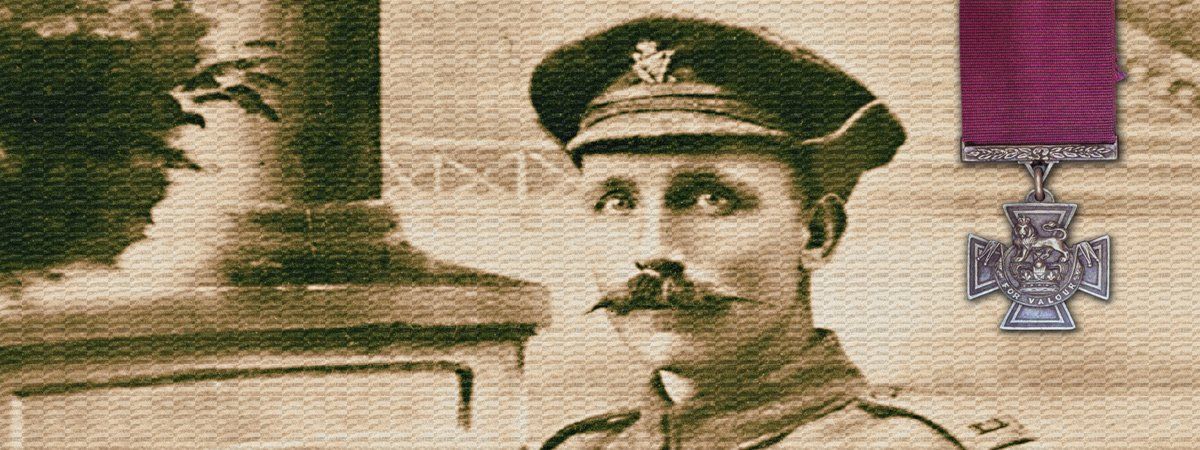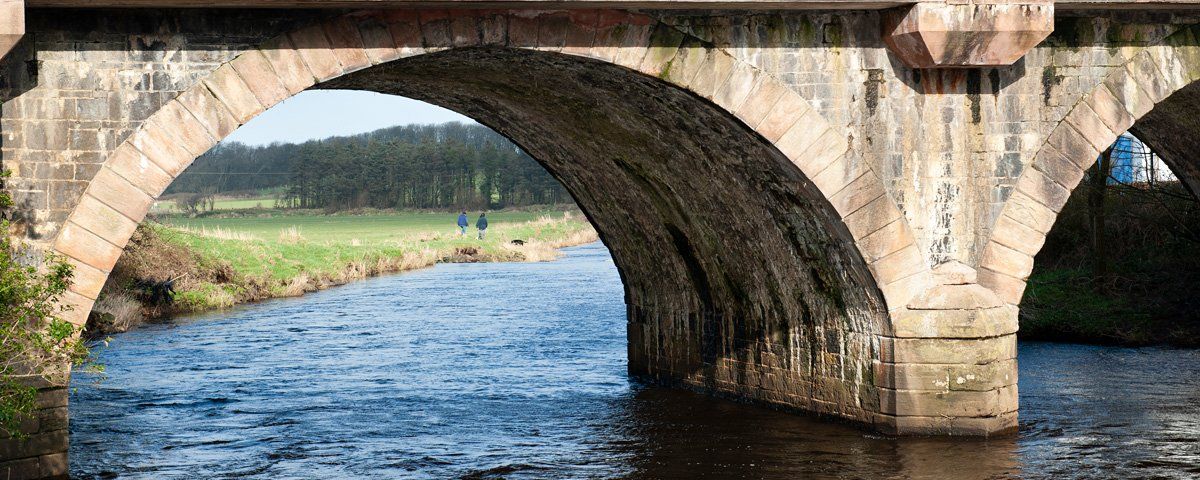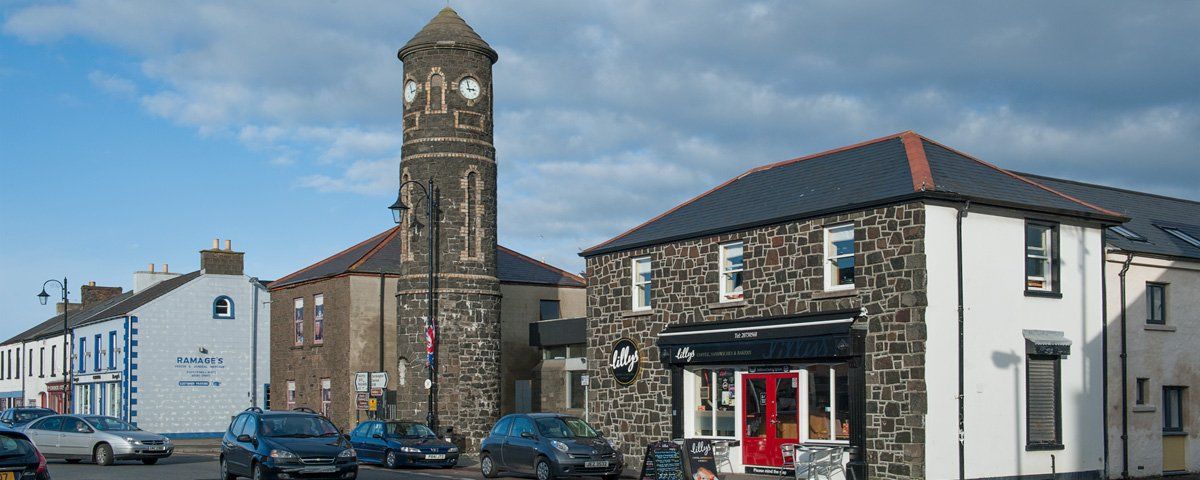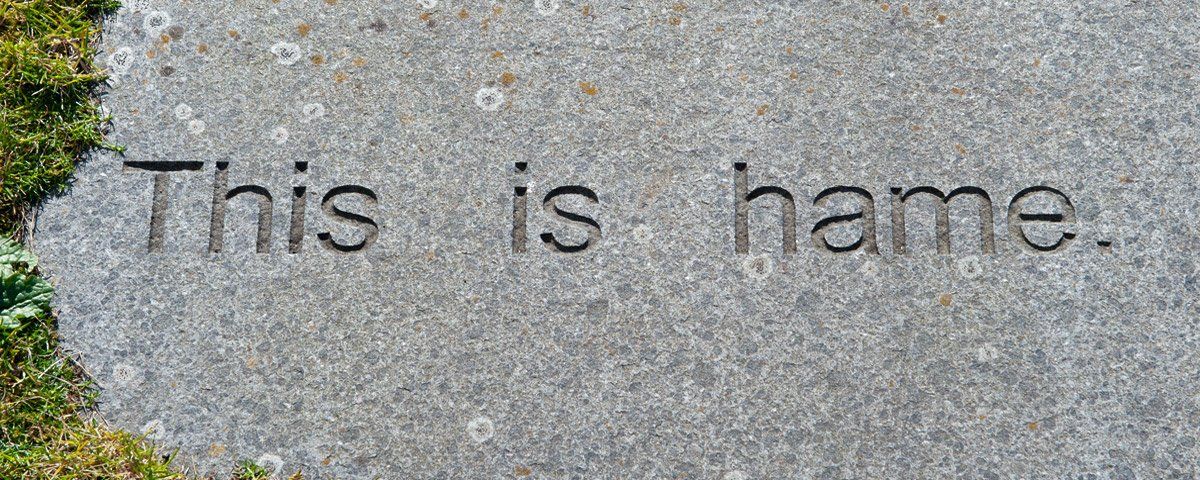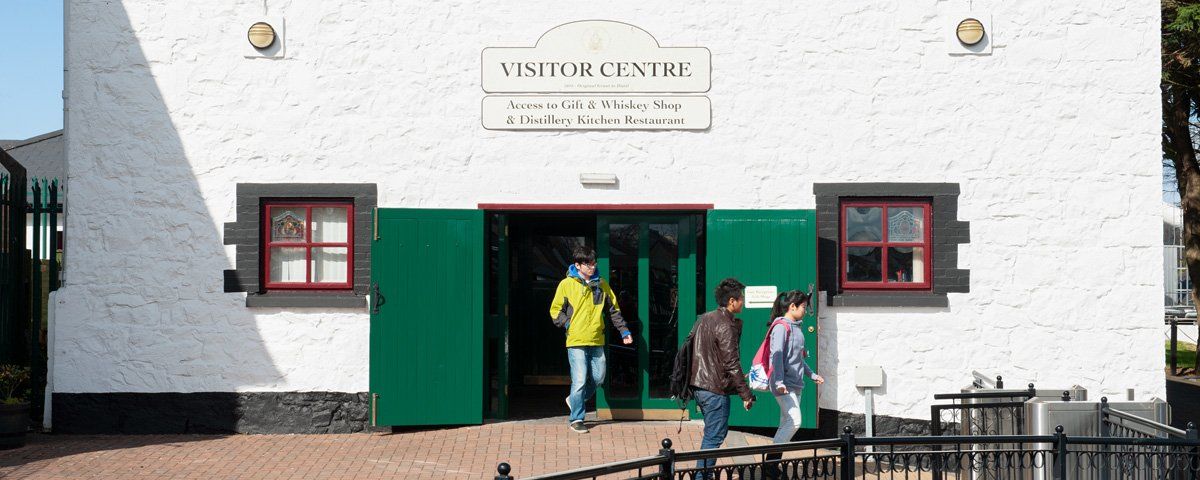Robert Quigg V.C.
Robert Quigg was born in the townland of Ardihannon in the Parish of Billy, near the Giants Causeway, County Antrim on February 28th, 1885. His father, Robert Quigg senior worked as a boatman and tour guide at the famous Giants Causeway. Robert attended the Causeway School were he was taught by David McConaghy. Like most young teenage boys from the rural areas of the time, he left school and sought work on the local farms. He worked for a number of years on Forsyth’s farm at Turfnahun and also on the Macnaghten Estate at Dunderave. Robert was a prominent member of the local Orange Lodge (Aird LOL 1195) and played in the flute band, he was also a member of the Royal Black Institution and the William Johnston Memorial RBP 559.
In 1912 with calls for home rule, the Ulster crisis deepened - a perceived threat was seen by Protestants to Ulster’s constitutional position coming from Irish Nationalism and the British Liberal Party, this led to the formation of the Ulster Volunteer Force. The UVF at that time was a legal force which had been empowered to carry out drilling and military preparations providing it was to uphold the constitution. It formed into nine divisions based on county which in turn were divided into battalions, companies and platoons. Robert Quigg joined shortly after its formation in January, 1913 and became commander of the Bushmills Volunteers. The UVF membership at that time numbered over 100,000 with an estimated 40,000 bearing arms.
As the European crisis and war between Britain and Germany became imminent, a halt was called to the UVF's preparations in Ulster. Sir Edward Carson, in turn, offered the services of the UVF to the British government against Germany. The UVF members who volunteered join the British Army where they formed the bulk of the 36th (Ulster) Division, thousands of its members volunteered for active service including Robert Quigg who enlisted in the 12th Battalion of the Royal Irish Rifles (Mid-Antrim Volunteers), in September, 1914. His service number was 12/18645 with rank of Rifleman and his Platoon Officer was Harry Macnaghten, heir to the Macnaghten Estate and to whom Robert was familiar with having worked on the Dunderave Estate.
Robert Quigg was awarded the Victoria Cross for his ‘ Most Conspicuous Bravery’ at the Battle of the Somme on July 1st, 1916. Before the major offensive their unit had been placed in the French village of Hamel on the north bank of the River Ancre. On July 1st the Mid-Antrim Volunteers were ordered to advanced through the defences towards the heavily defended German lines. In doing so they met fierce resistance from heavy machine-gun and shell fire, Quigg's platoon made three advanced during the day only to be beaten back on each occasion. The final evening assault left hundreds of the 12th Battalion dead and wounded in ‘No Man’s Land’.
In the early hours of the next morning, it was reported that Lieutenant Harry Macnaghten, the platoon commander was missing and Robert Quigg volunteered to go out into ‘No-Mans Land’ to locate him. He went out seven times to search for the missing officer without success, each time he came under machine-gun fire but returned with a wounded colleague. On one of his forays, he crawled to within yards of the German position to rescue a wounded soldier and dragged him back on a waterproof groundsheet. After seven hours of trying, exhaustion got the better of him and he had to rest from his efforts, The last soldier he brought back was Robert Matthews from Mosside who survived his wounds and the war.
The body of Lieutenant Harry Macnaghten was never recovered. Robert received his Victoria Cross from King George V on January 8th, 1917 at York Cottage, Sandringham – Queen Mary was also in attendance. On his return to Bushmills, the people of the town and district turned out in force to welcome him home including the Macnaghten household. Lady Macnaghten presented him with a gold watch in recognition of his bravery in attempting to find and rescue her son Lieutenant Harry Macnaghten. Robert reached the rank of Sergeant before retiring from the army in 1926 after he was badly injured in an accident. Later in 1953, two years before he died, he met the newly crowned Queen Elizabeth II.
He passed away on 14th May 1955 at Ballycastle, County Antrim and was buried in Billy Parish Churchyard with full military honours. The Russians presented Robert Quigg with the Medal of Order of St. George (fourth class), the highest award of the Russian Empire. First-class and Second class were only given on the personal decree of the Emperor. Third and Fourth were only awarded by the approval of the Georgevsky Council, a group of St George Knights. The third class was for senior officers and the fourth was the highest award of the Russian Empire to non-senior officers. His Victoria Cross and Order of St. George (fourth class) are on display at the Royal Irish Rifles Museum in Waring Street, Belfast.
A sculpture was recently unveiled by Her Majesty Queen Elizabeth and is situated opposite the Bushmills Inn, the figure depicts Robert Quigg VC as a soldier standing to attention with his rifle on top of causeway stones, a militaristic interpretation of his persona while still in the armed forces was chosen by the committee responsible for the work. It was very fitting that Her majesty unveiled the work having met Robert Quigg in 1953 while on a Royal visit to the borough. On leaving the army in 1926 due to a severe accident, Robert Quigg returned to his home in north Antrim where he lived until his death at Ballycastle in 1955, he is buried in Billy Parish Church

